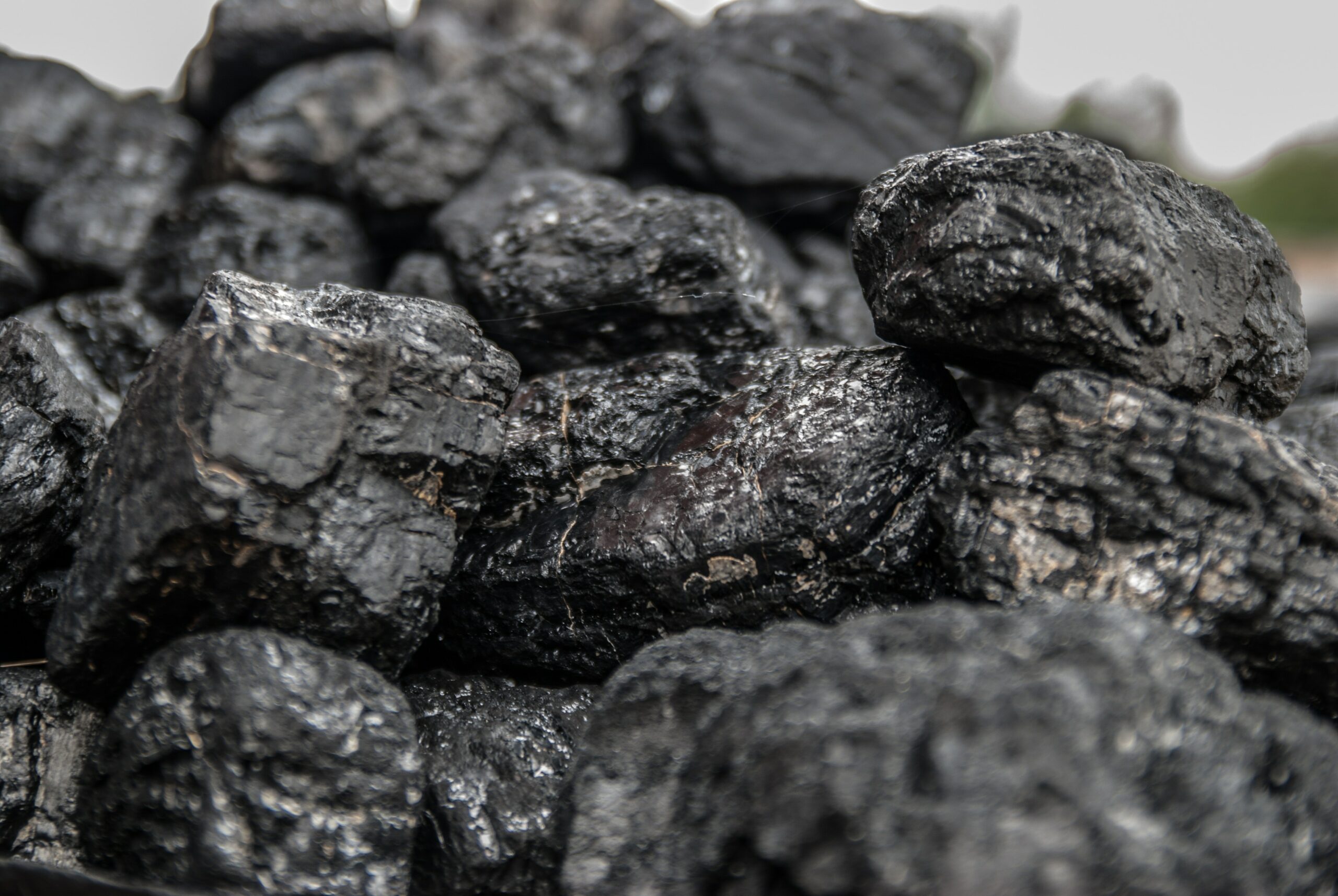
In the Belgian city of Ghent, steel manufacturer ArcelorMittal is switching part of its coal used for steel production to biocoal. This is an alternative to coal that is made from wood residues. The Dutch company Perpetual Next makes the biocoal and will eventually supply 350,000 tonnes to ArcelorMittal annually.
By doing this, the steelmaker is taking a small but important step towards more sustainable production. Given that the steel industry is one of the largest emitters in Europe, this kind of sustainability measure is crucial.
For Perpetual Next, the deal means doubling their biocoal production. The company has a patented system for making coal from ‘woody residual streams’. This is called torrefaction, which comes from the French torrefier, that loosely translated means to roast. In reactor tanks, wood raw material is ‘toasted’ at a high temperature in an environment with very little oxygen. This heating eventually creates coal, which acts in the same way as fossil coal in terms of use. But since it is made out of ‘fresh’ wood, you can basically make this kind of coal endlessly, while the supply of coal is finite.
Where will the biomass come from?
The wood comes from regular forest preservation and from residual waste from the furniture industry. It is all certified by an external party,” says Joost Oostveen, spokesperson for Perpetual Next. In other words, no trees will be cut down to make biocoal.
And although the process does need high temperatures, Oostveen points out that it is carbon-neutral. “You have to use a bit of energy at the beginning to activate the reactor tank. But after that, it provides its own energy, because by heating up wood residues we can produce gas. We then extract that gas from the reactor and use it to heat the wood. So you end up with a continual process in which we keep adding woody biomass.”
The idea of torrefaction is not a new one, but adopting it on a large scale was difficult for a long time. “The industry invested billions in the technology and a lot of small companies sprang up. But not all of those companies could produce biocoal on a grand scale,” says Oostveen. That Perpetual Next did succeed means that they are now able to supply the large quantities of coal ArcelorMittal needs.
Martijn van Rheenen, CEO of Perpetual Next, is pleased with the deal and the success of his company. “We have invested 9 years and more than 100 million euros with our team in this unique torrefaction technology. By producing green steel with ArcelorMittal, we have once again found a worthwhile application for our carbon. This first project with the steel mill in Ghent represents a turnover of approximately 250 million euros for Perpetual Next over the first 5 years. ArcelorMittal is manufacturing steel in eighteen countries, so we see the project in Ghent as a great start.”

Not for burning
ArcelorMittal does not use the biocoal as a fuel to produce the much-needed heat it needs to make steel. The biocoal is given a higher-value application as ‘coke’: the source of carbon needed to make iron and eventually steel from iron ore. At present, coal is used for this purpose, but biocoal works just as well, and saves 2.5 tons of CO₂ for every tonne of coal spared, according to the press release issued by ArcelorMittal.
It is also important to Perpetual Next that their coal is not used as a source of energy. “We did get a request from an energy company. But then you set the coal alight again, and that’s a waste, because you can apply it more effectively.” Oostveen cites three high-value applications: steel, cement and the biochemical industry. All three need carbon as a raw material, and coal contains this substance.
Demand exceeds supply for renewable coal
Initially, Perpetual Next will supply 30,000 tonnes (30 million kilograms) of biocoal. “We can still produce that amount with the reactors we have now. But over the coming years, ArcelorMittal wants to ramp up until it is able to get 350,000 tonnes annually. That means we have to double our capacity. So in the near future we will build more reactors, until we eventually have sixteen.” According to Oostveen, production capacity is one of the bottlenecks to supplying biocoal. “Demand definitely exceeds supply. That’s the biggest problem right now.”
Nor does Oostveen think biocoal could be the only solution for pollution-causing industries. “It will be one part of the mix. It takes a lot to make the industry sustainable, and biocoal on its own is not enough for that.” For ArcelorMittal, too, the 350,000 tonnes will be only a fraction of its total coal consumption. According to the latest figures, the company already dug up 5.5 million tonnes of coal itself in 2019.
Hydrogen and industry
Still, this step can be quite important. It shows that there are also non-fossil sources for carbon in chemical processes. Perpetual Next is now working on research to demonstrate that biocoal is also suitable for the cement and chemical industries, so that it can begin to supply them as well. This is how these sectors, which are known to be heavily polluting, can also become more sustainable. Although then all of them still need to find a more sustainable source of heat, which is also frequently needed for these kinds of processes. That source of heat could, for example, come from hydrogen or (lower-quality) biomass.

